Untitled
1989 - Drawing & Print (Drawing & Print)
9 7/16 x 13 9/16 in.
Martin Kippenberger
Untitled is a work on paper by Martin Kippenberger comprised of several seemingly disparate elements: cut-out images of a group of dancers, a japanese ceramic vase, and a pair of legs, are all combined with gestural, hand-drawn traces and additional elements such as a candy wrapper from a hotel in Monte Carlo and a statistical form from a federal government office in Wiesbaden, Germany. Text cut out from a Newspaper spells out in German “Egg hunting in the Bavarian forest” and an additional piece of text reads in all capitals “BIN DABEI DU AUCH” (“I’m here too” in English). Together, all the messages and geographies from the separate elements suggest an alternative, highly stylized portrait of the artist; in this case, a fragmented, fluid, and itinerant sense of identity. Consistent with other works by the artist, Untitled defies any specific style and continues Kippenberger’s inquiry into the self and its potential to manifest through the objects and materials that we modify.
Martin Kippenberger is widely regarded as one of the most talented German artists of his generation. Although he was incredibly prolific in a diverse range of media—drawings, collage, sculpture, performance, painting, photography, installations, prints, ephemera.—his best-known works are paintings, many of them self-portraits. Kippenberger was a very polarizing figure, known by many for being a provocateur and for making politically charged work as artworld commentary. Often taking on different art historical tropes, his work tested the boundaries of authorship and originality. He was known to hire others to paint for him under a pseudonym, or use work by other artists to create new work. Examples include restaging a photograph of Pablo Picasso; turning a monochrome by Gerard Richter into a coffee table; and claiming an installation of his as the last chapter of an unfinished novel by Franz Kafka. One of his key concerns was to try to understand the artist’s place in the modern world, and how their essence and personality can become apparent in the objects that they create.
Colors:
Related works featuring themes of: » Color Photography, » Drawing, » German
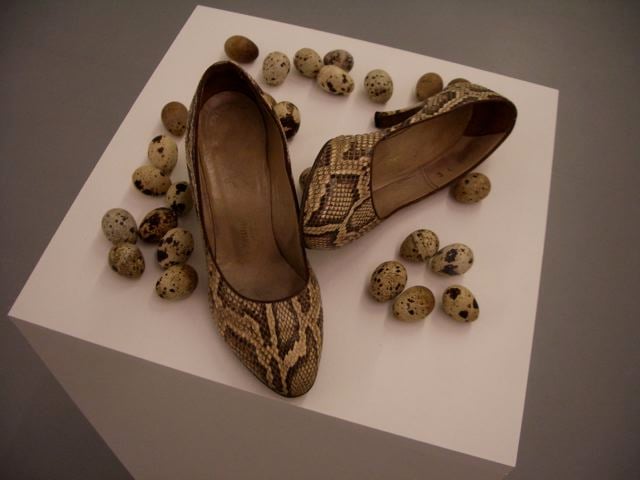
© » KADIST
Hans-Peter Feldmann
The types of objects Feldmann is interested in collecting into serial photographic grids or artist’s books are often also found in three dimensional installations...
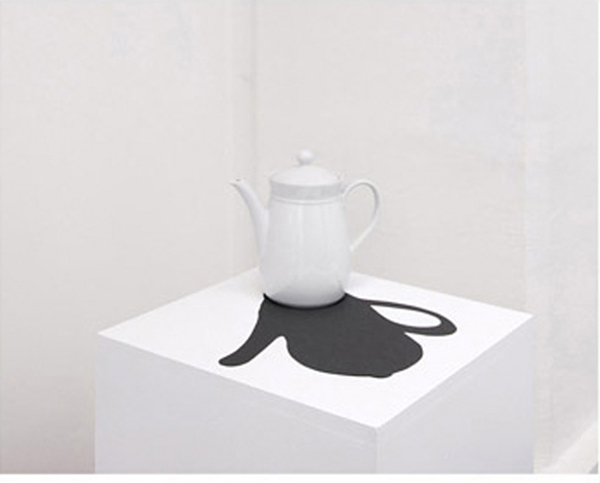
© » KADIST
Hans-Peter Feldmann
The types of objects Feldmann is interested in collecting into serial photographic grids or artist’s books are often also found in three dimensional installations...

© » KADIST
Koki Tanaka
2010Tanaka’s unique understanding of objects and materials is reflected in the four photographs that document his Process of Blowing Flour ...

© » KADIST
Desiree Holman
2010Reborn, 2010 is a three-channel video by Desiree Holman that questions ideas of motherhood and the maternal instinct...
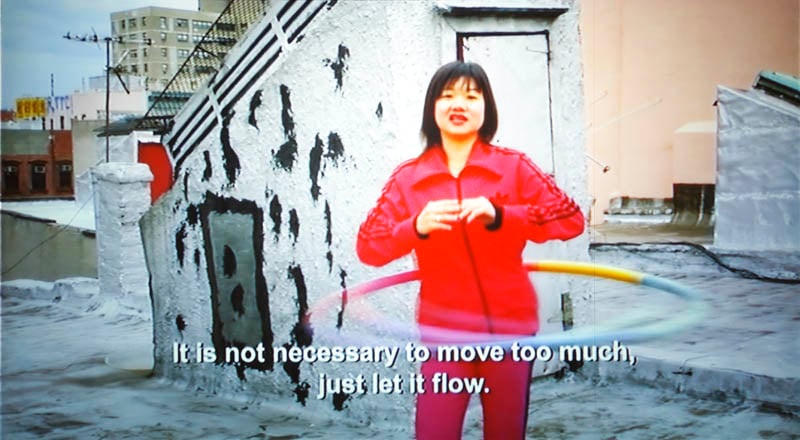
© » KADIST
Christian Jankowski
2008In New York City’s Chinatown, subject Suat Ling Chua’s morning exercise is to practice the hula hoop...

© » KADIST
Ulla von Brandenburg
2007Eight opens with a close up of a painting by Hubert Robert of the Chateau de Chamarande where the film was shot...
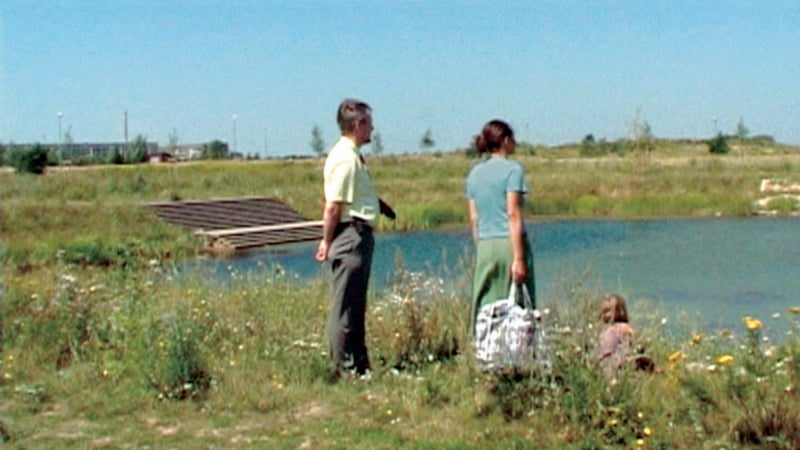
© » KADIST
Clemens von Wedemeyer
2004Die Siedlung is a filmic documentary about the recent shift in housing developments in Leipzig-Grünau in former East Germany and its consequences on some inhabitants...

© » KADIST
Koki Tanaka
2009Walking Through is one of a series of videos—sometimes humorous, often absurd—that record the artist’s performative interactions with objects in a particular site...

© » KADIST
Milena Bonilla
2009Milena Bonilla’s discursive practice explores connections among economics, territory, and politics through everyday interventions...

© » KADIST
Kota Ezawa
2014Paint and Unpaint is an animation by Kota Ezawa based on a scene from a popular 1951 film by Hans Namuth featuring Jackson Pollock...

© » KADIST
Oded Hirsch
2012Oded Hirsch’s video work Nothing New (2012) utilizes seemingly absurdist tropes to raise more trenchant questions about communal action and collective identity in modern day Israel...

© » KADIST
Rodrigo Braga
2009Braga’s video work Provisão (2009) opens with a still shot of a clearing in a forest, shoots of grass emerging from a muddy brown patch of seemingly dry and barren earth...
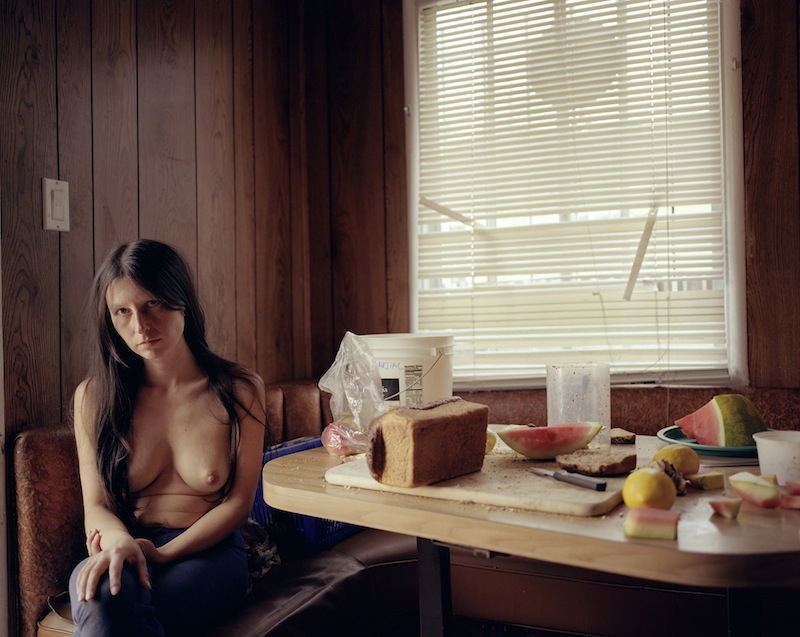
© » KADIST
Pascal Shirley
2006Gypsy shows an ambivalent scene, in which broken blinds and its unsmiling subject are balanced with the stilllife plentitude of watermelon slices and the beautifully lit nudity of the sitter...

© » KADIST
Pascal Shirley
2006Like many of Pascal Shirley’s photographs, Oakland Girls aestheticizes a dingy rooftop and a cloudy sky...

© » KADIST
Luisa Lambri
2007Rudolph Schindler’s designs, part of a practice he called “Space Architecture,” marry interior with exterior and space with light...

© » KADIST
Kota Ezawa
2017The Crime of Art is an animation by Kota Ezawa that appropriates scenes from various popular Hollywood films featuring the theft of artworks: a Monet painting in The Thomas Crown Affair (1999), a Rembrandt in Entrapment (1999), a Cellini in How to Steal a Million (1966), and an emerald encrusted dagger in Topkapi (1964)...




